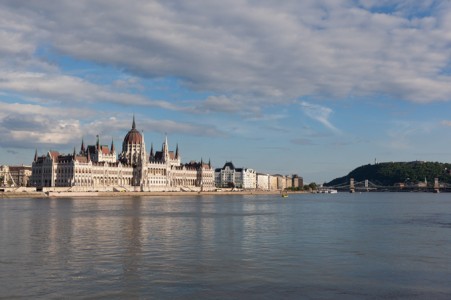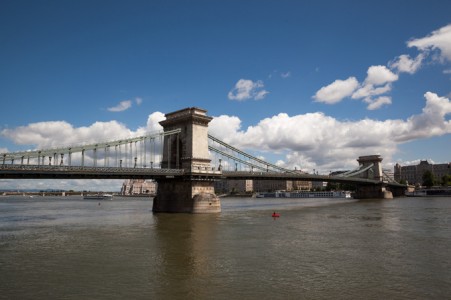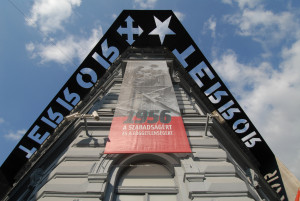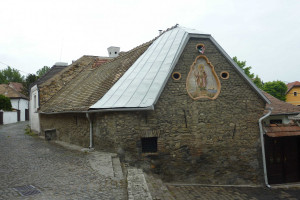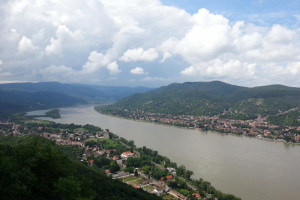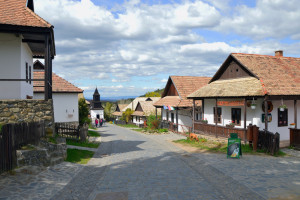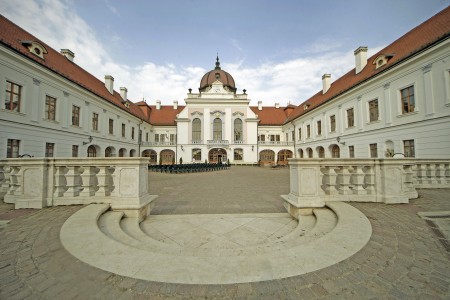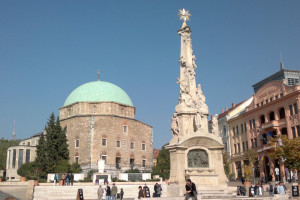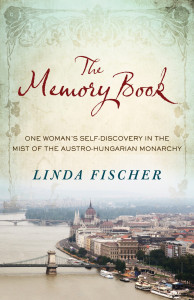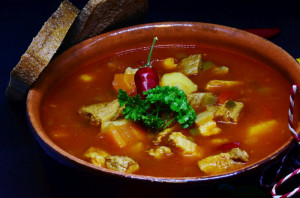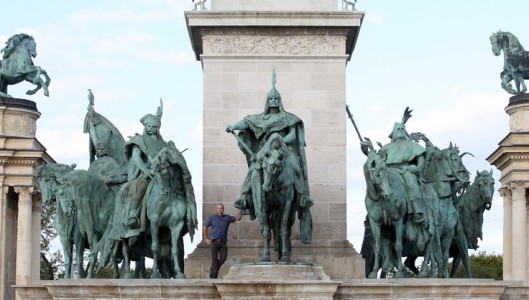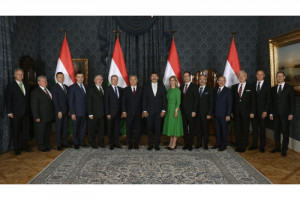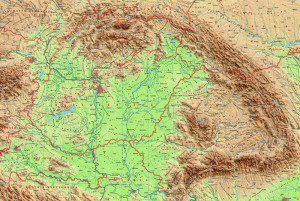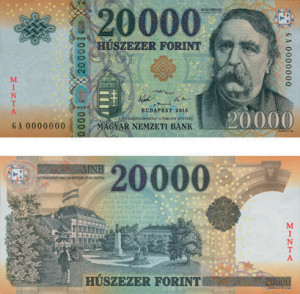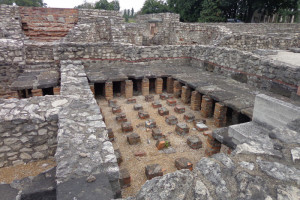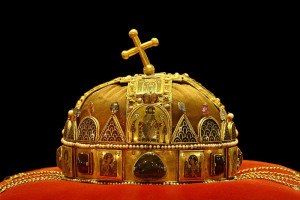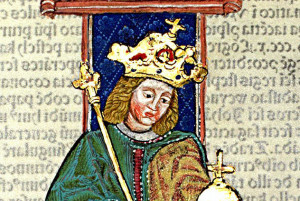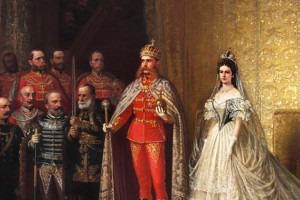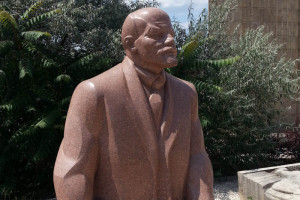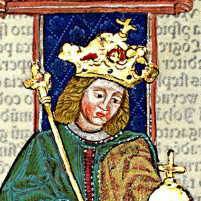The Angevins and the Ottomans
ZoOm Hungary
The Hungarian crown was competed for in 1301 by three candidates – from Bohemia, Bavaria and the Naples branch of the house of Anjou. The struggle for the Hungarian crown lasted eight years, but the Angevin prince was finally enthroned at Buda in 1309 as Charles I of Hungary.
Charles and his son, Louis I, ruled for more than seventy years. The Angevins provided Hungary with a period of prosperity and expansion. Moldavia and Walachia were brought briefly under Hungarian control. Bosnia and Serbia were enrolled as vassal states.
Between 1342 and 1526 five Hungarian monarchs also ruled another of the Eastern European kingdoms. They were Louis I (Hungary from 1342, Poland from 1370); Sigismund (Hungary from 1385, Bohemia from 1419); Wladyslaw III (Poland from 1434, Hungary from 1440); Vladislav (Bohemia from 1471, Hungary from 1490); and Louis II (Hungary and Bohemia from 1516).
Early in the 1440s the fortress of Belgrade was placed under the command of Janos Hunyadi, a Hungarian warrior who had proved his worth in frequent encounters with the Turks in these frontier regions. Belgrade, previously the Serbian capital, had been in Hungarian hands since 1427. By 1456 the Turks were threatening Belgrade. 17 years after his first appointment to defend the city, Hunyadi was again in charge but with greater responsibilities. Since 1446 he had been regent of Hungary, during the reign of the boy king Laszlo V. Within weeks of this success Hunyadi died in camp of the plague. But Hunyadi's stature as a national hero was such that two years later the Hungarian nobles elected his son, Matthias, as king of Hungary. He became Matthias I, also known as Matthias Corvinus at 17 years of age. The choice fell upon him purely as the oldest surviving son of his heroic father, Janos Hunyadi. But in a long reign of 32 years he demonstrated beyond dispute his own fitness for the job. He developed a fair and efficient administration, unpopular only with the leading nobles whose power was restricted. He formed a professional standing army, the so-called Black Army, enabling him to extend greatly the frontiers of his realm. Renaissance flourished during his reign.
It did not survive the death of Matthias in 1490.The conquered territories immediately broke away. The nobles resumed their privileges, undid the reforms of Matthias, and elected the weak Bohemian king Vladislav – largely because through him they could control Hungary again. Vladislav was succeeded in 1516 by his 10-year-old son, Louis II. Another ten years passed before Louis led a Hungarian force against the Turks at Mohacs.
The Ottoman Era: 1526–1699
The weakness of Hungary and Bohemia, under the rule of the 15-year-old Louis II, attracted the interest of the young sultan of Turkey, newly on the throne as Suleiman I. In 1521 he marched west and captured Belgrade. In 1526 Suleiman pushed further up the Danube. Forced now into action to defend Buda, Louis II brought an army south to meet him. Having been devoted until now to a life of pleasure, the young king approached his enemy with reckless courage but little wisdom. The clash occured at Mohacs. The Hungarians were annihilated and the king was killed. After the Turkish occupation of Buda in 1541, the central and most fertile part of the country, the region of the Great Plain, became part of the great Ottoman Empire which stretched over three continents.
After the grand vizier Kara Mustapha's unsuccessful siege of Vienna in 1683 by an army of 200 000, Emperor Leopold I, realizing the seriousness of the situation, finally ceased his passive strategy towards the Turks. Under continued encouragement from Pope Innocent XI, the ‘Holy League’ of Austria, Poland and Venice was established for the struggle against the Turks. The allied forces – in which a great number of Hungarian soldiers also fought – began their campaign. In the summer of 1686, after fierce fighting, they captured Buda, and the following year they reoccupied Transylvania. Under the leadership of Charles of Lotharingia and later of Eugene of Savoy, they drove the Turks from Hungary. The final victory of the war, the battle of Zenta in 1697, was followed by the Treaty of Karlovitz in 1699, which, with the exception of a small region, freed all of Hungary from Turkish occupation.
